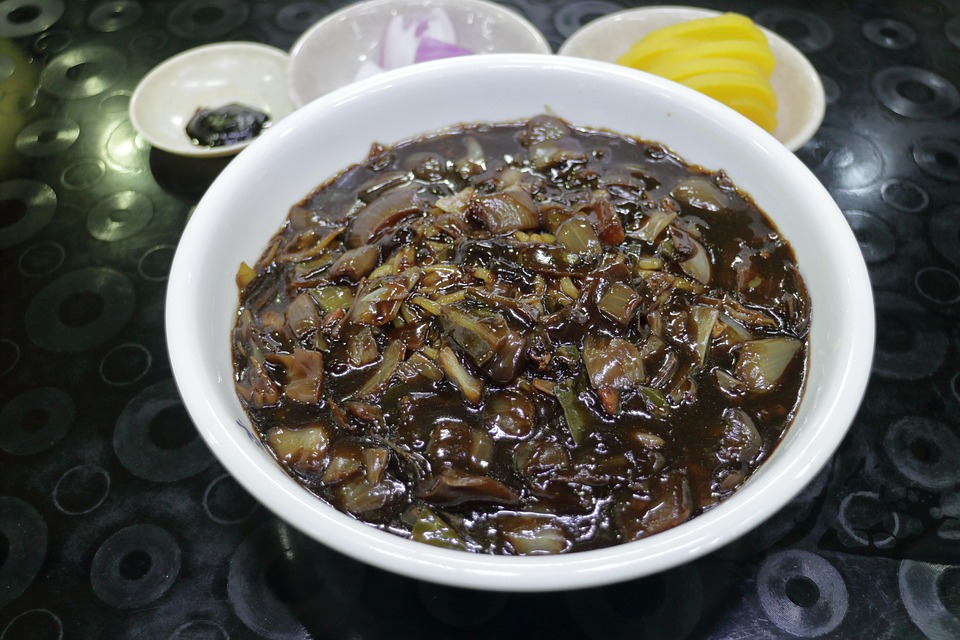Wine and food pairing is a delightful journey that can elevate any meal from ordinary to extraordinary. The right wine has the power to enhance flavors, balance textures, and create an unforgettable dining experience. Whether you’re planning an intimate dinner at home or hosting a grand feast, understanding the nuances of wine pairing can help you craft the perfect ambience and flavor profiles. Let’s delve into the art of pairing wine with dinner combinations that you’ll truly love.
1. Understanding the Basics of Wine Pairing
Before diving into specific pairings, it’s important to grasp some foundational principles:
- Complementary vs. Contrasting Flavors: Complementary pairings involve matching similar flavor profiles, while contrasting pairings can enhance each element by balancing different tastes.
- Body and Weight: Match the body of the wine with the weight of the dish. Lighter wines go well with lighter dishes, while full-bodied wines can stand up to richer, heartier meals.
- Acidity and Tannins: High acidity in wines can lift a dish, while tannins add structure. Consider how these elements interact with the food’s flavors and textures.
2. Essential Pairings
White Wines
Chardonnay & Roasted Chicken
A full-bodied Chardonnay often carries notes of butter and oak, making it a perfect match for roasted chicken. The creamy texture of the wine complements the meat’s richness, while vibrant acidity cuts through the fat, creating balance.
Sauvignon Blanc & Grilled Vegetables
The zesty acidity and herbaceous notes of Sauvignon Blanc pair beautifully with the charred flavors of grilled vegetables. It enhances the freshness of seasonal produce, making for a vibrant garden-to-table experience.
Riesling & Spicy Asian Cuisine
Off-dry Riesling has a natural sweetness that pairs wonderfully with spicy dishes like Thai curry or Szechuan stir-fry. The wine’s acidity helps to cool the palate, balancing the heat while complementing the dish’s flavors.
Red Wines
Pinot Noir & Mushroom Risotto
A light-bodied Pinot Noir is a classic match for earthy dishes like mushroom risotto. Its red fruit flavors and subtle earthy undertones enhance the umami of the mushrooms, creating a harmonious dish.
Cabernet Sauvignon & Grilled Steak
Full-bodied and bold, Cabernet Sauvignon is a natural partner for a juicy grilled steak. The wine’s tannins complement the meat’s richness, while the dark fruit flavors accentuate the charred exterior.
Merlot & Tomato-Based Pasta
Merlot’s soft tannins and plummy fruit flavor make it an excellent choice for tomato-based pasta dishes. The wine’s roundness softens the acidity of the tomatoes, creating a well-balanced pairing.
Sparkling Wines
Champagne & Fried Foods
The effervescence of Champagne cuts through the richness of fried foods, making it a festive pairing that elevates dishes like fried calamari or crispy chicken. The acidity also refreshes the palate between bites.
Prosecco & Antipasto
Prosecco, with its fruity and floral notes, pairs superbly with an antipasto platter. The wine’s lightness complements cured meats, cheeses, and olives, creating a delightful starter that sets the tone for the meal.
3. Exploring Unique Pairings
As you become more comfortable with traditional pairings, consider venturing into unique combinations:
- Sangiovese & Barbecue: The acidity and fruitiness of Sangiovese can balance the smokiness of barbecue, particularly with tomato-based sauces.
- Chenin Blanc & Indian Cuisine: The versatility of Chenin Blanc makes it a fantastic match for complex Indian spices, offering a refreshing contrast to rich curries.
- Zinfandel & Dark Chocolate Dessert: The fruit-forward, spicy character of Zinfandel pairs excellently with dark chocolate, enhancing both the dessert and the wine.
4. Tips for Successful Pairings
- Trust Your Palate: Personal taste plays a significant role in pairing. Don’t hesitate to experiment and find what works for you!
- Temperature Matters: Serve wines at their ideal temperatures for the best experience—whites chilled, reds at room temperature.
- Consider the Occasion: The setting can influence your choice. For casual gatherings, don’t stress too much; focus on enjoyment rather than strict pairing rules.
Conclusion
The art of pairing wine and dinner is not just about following rules—it’s a creative process that invites exploration and personal preference. By understanding flavor profiles and experimenting with different combinations, you can transform any meal into a culinary celebration. So pour a glass, gather your loved ones, and embark on your own wine pairing adventure—there are countless delightful combinations waiting to be discovered! Cheers!



